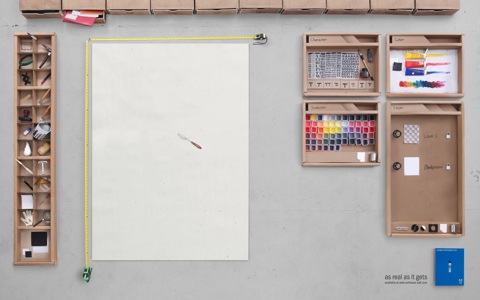Tongue-tingling interface lets you taste data - New Scientist - New Scientist
This could be an amazing way to teach students to "experience" data, instead of just talking about them.
Tongue-tingling interface lets you taste data - New Scientist - New Scientist
This could be an amazing way to teach students to "experience" data, instead of just talking about them.
When ecosystems change and inflexible institutions collapse, their members disperse, abandoning old beliefs, trying new things, making their living in different ways than they used to. It’s easy to see the ways in which collapse to simplicity wrecks the glories of old. But there is one compensating advantage for the people who escape the old system: when the ecosystem stops rewarding complexity, it is the people who figure out how to work simply in the present, rather than the people who mastered the complexities of the past, who get to say what happens in the future.You can read the whole piece here.
Wilson, a doctoral student in biomedical engineering, was confirming an announcement he had made two weeks earlier -- his lab had developed a way to post messages on Twitter using electrical impulses generated by thought.
If you tap the little globe at the bottom of the screen, the screen changes. Now you see a map of the world--and you start hearing the Ocarina performance of one person, in one city (indicated by animated sound waves on the map), who's playing the thing *right now*. Sometimes it's the halting fumbles of a rank beginner; sometimes it's a lovely melody played by someone who's got the hang of it. You can hit a Next button to tune in to another stranger, and another, all around the world.
It's a brain-frying experience to know that you're listening to someone else playing Ocarina, right now, in real time, somewhere else on the planet. (And then you realize that someone, somewhere might be listening to *you*!)

... visitors to Olafur Eliasson’s "Take Your Time” exhibit at P.S. 1 in Queens can don cellphone cameras and document their movements through the exhibit, in turn becoming part of the show’s online element.The others mentioned also were very creative in involving the audience, blurring the line somewhat between who is the creator and who is the audience.



My paper works have lately been based around an exploration of the relationship between two and three dimensionality. I find this materialization of a flat piece of paper into a 3D form almost as a magic process - or maybe one could call it obvious magic, because the process is obvious and the figures still stick to their origin, without the possibility of escaping. In that sense there is also an aspect of something tragic in most of the cuts.